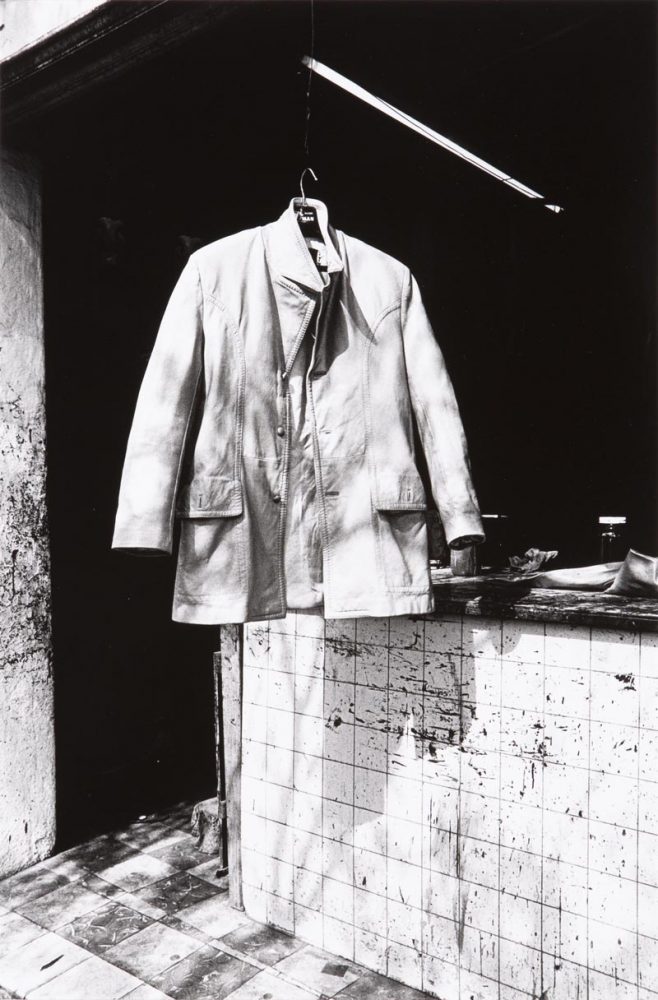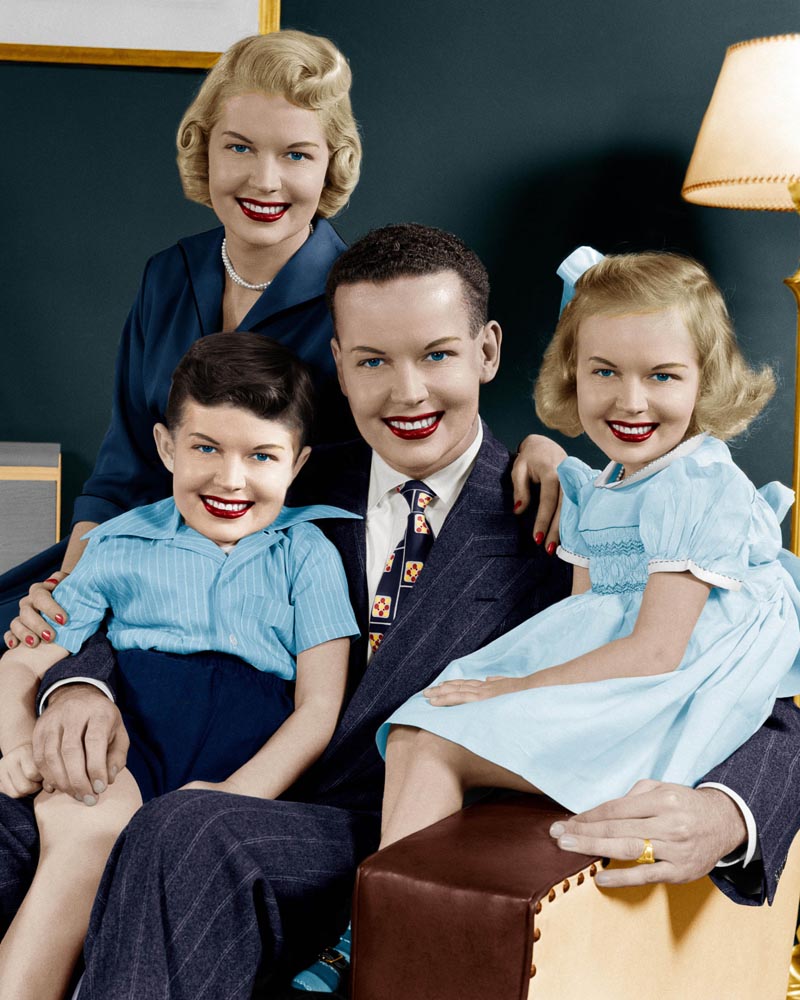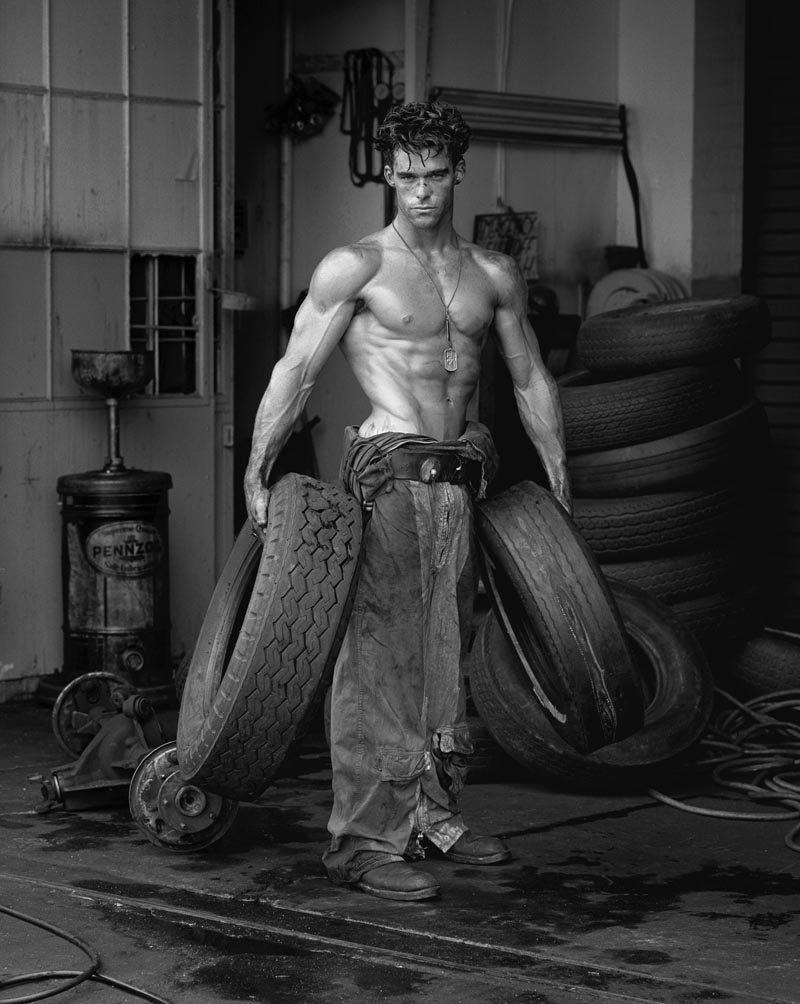by Claudia Stritof
_
John Berger in his book On Watching carries out a careful analysis of some images of the German photographer August Sander, comparing the portrait of the musicians of a local marching band and the photograph of four Protestant missionaries. In these two images the author notes how the elegant clothes worn by the villagers appear unnatural, so much so as to “deform the body”, as opposed to the natural authority with which the missionaries wear theirs.
According to Berger, “the clothes confirm and enhance the physical presence of who wears them … they convey the same message as the faces and bodies they cover” and in the villagers, as well as in the missionaries, the clothes speak to us of a bodily rhythm, which “is connected to the energy required by the work they have to do”; if the elegant clothes prevent free and wide movements for the musicians, on the contrary they suit the missionaries suits perfectly containing their sedentary and posed movements.

The evolution of clothing is not only dictated by aesthetic, but above all functional needs, which over time have permeated clothing with an important symbolism. These are precisely the concepts investigated in the exhibition curated by Urs Stahel, Uniform. Into the work/out of the work, at the MAST Foundation in Bologna.
A new exhibition that stimulates reflection around the concept of “uniform” and “work clothing”. Two synonyms that are at the same time opposite, because the first term gives a sense of inclusion, while the other brings out the idea of separation. A double meaning that presupposes belonging or exclusion from a certain group, as the now historical definitions of “blue collar”, “white collar” and “pink collar” denote.

There are several types of workers represented, with great immediacy, in the portraits of Stephen Waddell: an English asphalter, a flight attendant, a journalist in a white suit and a man dressed in casual clothes with a blue-silver bag in his hand, whose role we don’t understand well, he could be a bellman of a service company, as well as a customer. A doubt that leads us to ask ourselves about the existence or not of the perfect symbiosis between person, profession and social position, a dilemma consciously re-proposed during the intense path proposed by the curator.
Just think of the fact that there are 44 photographers on display, while the images portray workers from all eras, covering a period of time from the early twentieth century to the present day: from the early twentieth-century shots by August Sander, to Irving Penn’s “small trades”, to the overalls of coal unloaders portrayed by Walker Evans or those of the workers photographed in the Fiat workshops by Paola Agosti in the 1970s; the black coveralls of the miners of the Chinese Song Chao, or the protective clothes of the Mexican Manuel Álvarez Bravo, Hitoshi Tsukiji, Sonja Braas, Hans Danuser and Doug Menuez, to eventually reach the core symbol of class and ostentation of power, such as in the great “Group portrait of the leaders of a multinational company” by Clegg & Guttmann.

An analysis that leads us to reflect on the flow of history, on the socio-cultural evolution that has taken place within society, following the development of new technologies and new professions; without neglecting the importance that the outfit has as a symbol of existential metamorphosis, as happens in the seven portraits of the soldier “Olivier” taken by Rineke Dijkstra, who photographed the young Frenchman Olivier Silva from the moment of recruitment in the Foreign Legion until end of his training, which lasted 36 months.
The list is long and certainly the analysis of the progressive transformation of workwear into fashion is not forgotten, as it’s proposed by photographers Olivier Sieber, Andreas Gelpke, Andri Pol, Paolo Pellegrin, Herb Ritts and Weronika Gesicka; but the journey becomes even more complicated, because, from the study that historical photography offers us, we finally reach a second path, with the monographic exhibition of Walead Beshty entitled Industrial Portraits, which collects hundreds of portraits of art professionals, photographed with the intent to represent people in their work environment, their function and the professional role they play within the world and the art market.

The two exhibitions of the MAST Foundation once again confirm the value of the research conducted by the curator and his collaborators, proposing a complex journey, full of sociological, cultural and symbolic references to be analysed with great attention, in order to understand how professional outfits have affected our way of being and appearing.

UNIFORM | INTO THE WORK/OUT OF THE WORK
curated by Urs Stahel
Fondazione MAST
Via Speranza 42, Bologna
until September 2020
The exhibition is now closed due to the Covid-19 emergency. You can find all the info and some thematic videos about the exhibitions, to keep exploring them even in this temporary closing period, on the MAST website.
April 1, 2020




